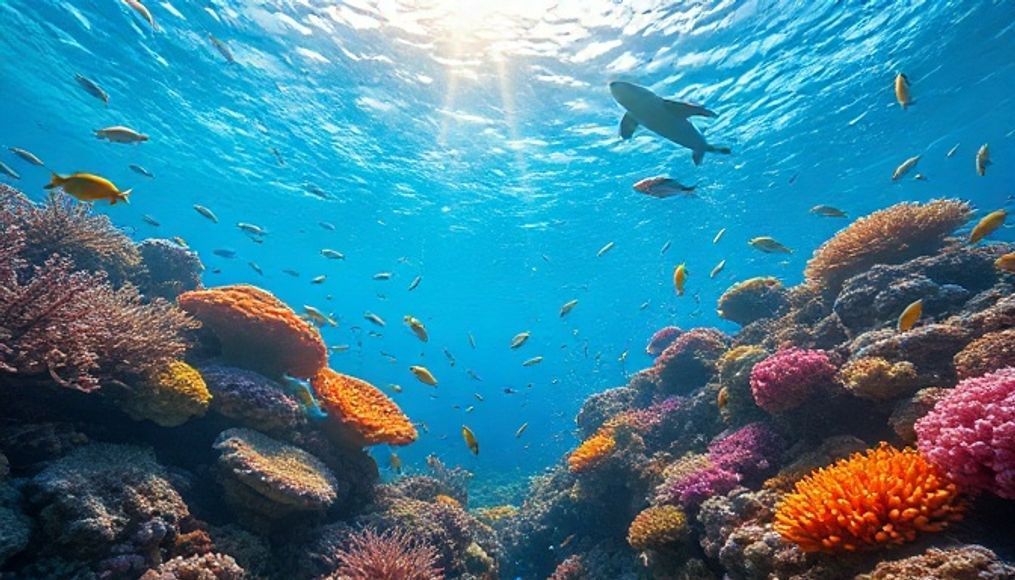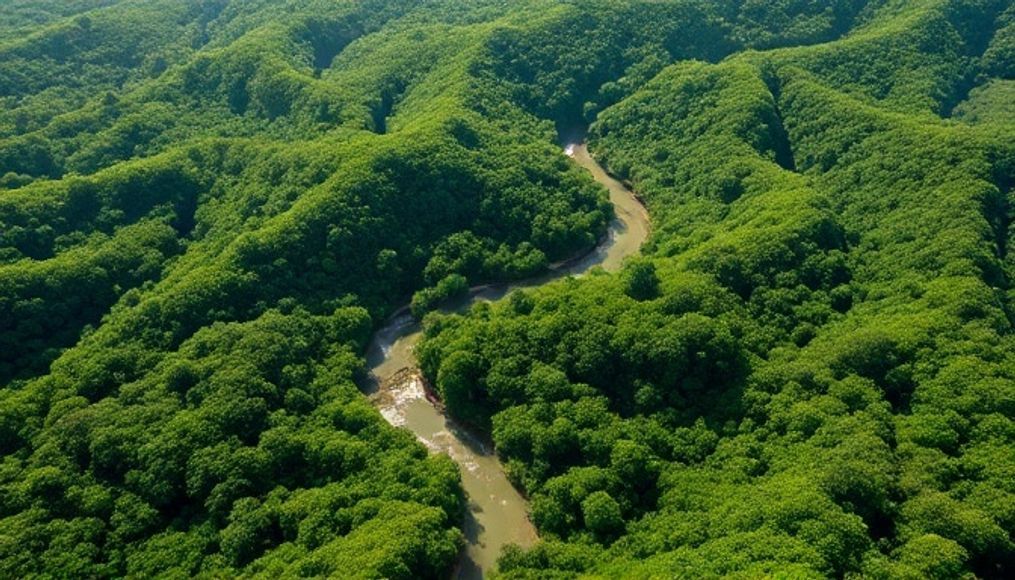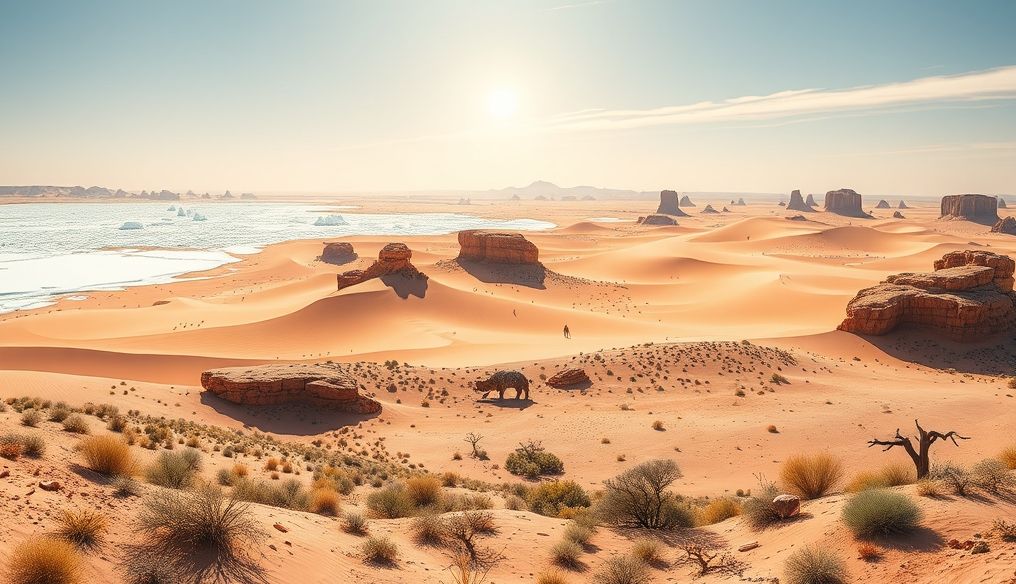How are Coral Reefs Formed and Why are They Important to the Seas?
Coral reefs are unique marine ecosystems, resembling rainforests in the oceans. They are characterized by rich biodiversity and significant importance to many marine organisms. But how are these natural wonders formed, and what is their utmost importance to the health of our oceans?
1. What are Coral Reefs?
Coral reefs are not rocks, but rather colonies of tiny living organisms called coral polyps. These polyps are invertebrate animals belonging to the phylum Cnidaria, closely related to jellyfish and sea anemones. Polyps have a simple structure consisting of a mouth surrounded by stinging tentacles used to capture food.
Coral polyps live in a symbiotic relationship with microscopic algae called zooxanthellae, which live within the polyp's tissues. Zooxanthellae perform photosynthesis, converting sunlight into energy, and provide the polyps with most of their nutritional needs. In return, the polyps provide the zooxanthellae with protection and nutrients needed for growth.
2. The Formation Process of Coral Reefs
The formation process of coral reefs begins when coral larvae, the first stage of a polyp's life, settle on a solid surface on the seabed. The larva begins to secrete a hard skeleton made of calcium carbonate, the same material that makes up limestone. This skeleton forms a base for the coral colony.
As the polyps grow and reproduce, the calcium carbonate skeletons accumulate and connect to each other, leading to the formation of a complex and intricate structure. Over time, new layers of skeletons accumulate on top of the old layers, causing the coral reef to grow vertically and horizontally.
There are three main types of coral reefs:
- Fringing reefs: Grow close to shorelines and islands.
- Barrier reefs: Grow at a distance from the shore, separated by a shallow lagoon.
- Atolls: Form around submerged volcanic islands.
3. Factors Affecting Coral Reef Growth
Coral reef growth is affected by several factors, including:
- Water temperature: Coral reefs need a relatively warm water temperature, usually between 20 and 30 degrees Celsius.
- Sunlight: Zooxanthellae need sunlight to perform photosynthesis.
- Water salinity: Coral reefs need stable water salinity.
- Water clarity: Coral reefs need clear water free of sediment.
- Water currents: Water currents help distribute food and oxygen to coral reefs.
4. Importance of Coral Reefs to the Seas
Coral reefs play a vital role in maintaining the health of the seas and the marine ecosystem in general. Their importance includes:
- Providing shelter and food: Coral reefs provide shelter and food for many marine organisms, including fish, crustaceans, mollusks, and sponges. Coral reefs serve as nurseries for many small fish species, helping to maintain biodiversity in the oceans.
- Protecting coastlines: Coral reefs act as natural barriers protecting coastlines from erosion caused by waves and storms.
- Water purification: Coral reefs help purify water by absorbing dissolved organic matter and pollutants.
- Supporting the economy: Many coastal communities rely on coral reefs for food and income through fishing and tourism.
- Drug discovery: Coral reefs are a potential source of many chemical compounds that can be used to develop new drugs.
5. Threats Facing Coral Reefs
Coral reefs face many threats, including:
- Climate change: Rising ocean temperatures lead to coral bleaching, where polyps expel zooxanthellae from their tissues, leading to loss of color and eventual death.
- Pollution: Pollution from human activities, such as sewage and industrial discharge, degrades water quality and poisons coral reefs.
- Overfishing: Overfishing destroys the ecological balance in coral reefs.
- Habitat destruction: Habitat destruction, such as the construction of ports and airports, directly destroys coral reefs.
- Diseases: Coral reefs are susceptible to many diseases that can lead to their death.
6. Conservation Efforts
There are many efforts underway to protect coral reefs, including:
- Establishing marine protected areas: Marine protected areas help protect coral reefs from harmful human activities.
- Reducing pollution: Pollution from human activities, such as sewage and industrial discharge, must be reduced.
- Combating overfishing: Overfishing must be combated and fishing regulated in coral reef areas.
- Coral farming: Coral is grown in nurseries and then transplanted to damaged coral reefs.
- Awareness: Awareness must be raised about the importance of coral reefs and their threats.
7. Coral Bleaching: An Environmental Disaster
Coral bleaching is a phenomenon that occurs when coral reefs are exposed to stress, such as rising water temperatures. Stress causes polyps to expel zooxanthellae from their tissues, leading to loss of their white color. If stress persists for a long time, polyps may eventually die.
Coral bleaching is a serious threat to coral reefs around the world. It is estimated that about 50% of the world's coral reefs have already been damaged by coral bleaching.
8. Our Role in Protecting Coral Reefs
We can all play a role in protecting coral reefs. Some things we can do include:
- Reducing carbon emissions: Carbon emissions must be reduced to limit climate change and rising ocean temperatures.
- Reducing plastic use: Plastic use must be reduced and disposed of properly to prevent it from reaching the oceans.
- Supporting sustainable tourism: Sustainable tourism that respects the marine environment must be supported.
- Awareness: Awareness must be raised about the importance of coral reefs and their threats.
- Donating to organizations that work to protect coral reefs: We can donate to organizations that work to protect coral reefs.
Coral reefs are vital and beautiful ecosystems that deserve protection. By taking action to reduce the threats they face, we can help ensure the survival of these natural wonders for generations to come.




